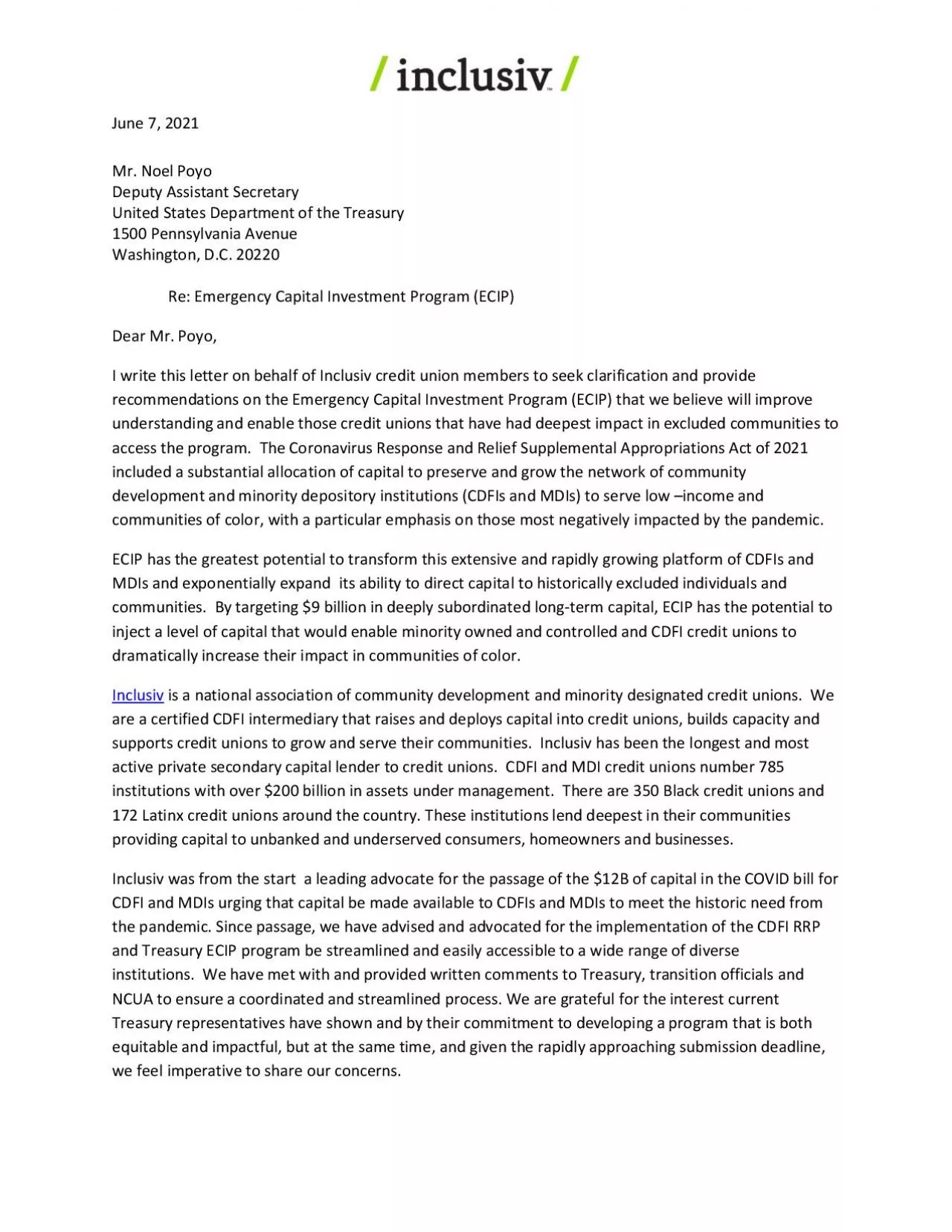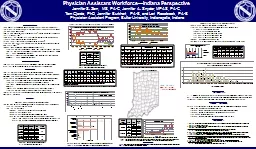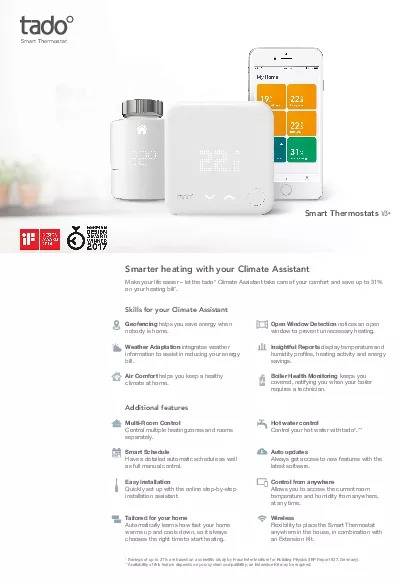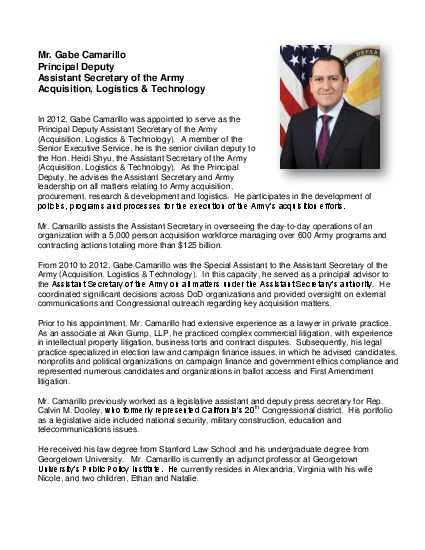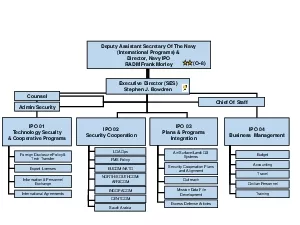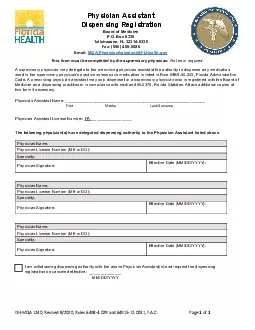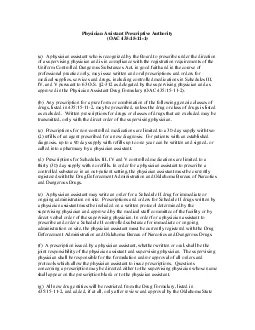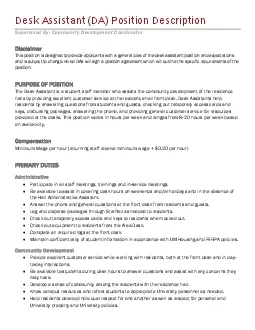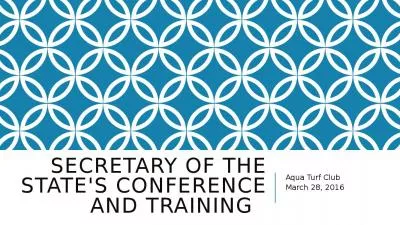PDF-Deputy Assistant Secr
Author : deena | Published Date : 2021-07-07
June 7 2021 Mr Noe l Poyo etary United States Department of the Treasury 1500 Pennsylvania Avenue Washington DC 20220 Re Eme rgency Capital Investment Program ECIP
Presentation Embed Code
Download Presentation
Download Presentation The PPT/PDF document "Deputy Assistant Secr" is the property of its rightful owner. Permission is granted to download and print the materials on this website for personal, non-commercial use only, and to display it on your personal computer provided you do not modify the materials and that you retain all copyright notices contained in the materials. By downloading content from our website, you accept the terms of this agreement.
Deputy Assistant Secr: Transcript
Download Rules Of Document
"Deputy Assistant Secr"The content belongs to its owner. You may download and print it for personal use, without modification, and keep all copyright notices. By downloading, you agree to these terms.
Related Documents

